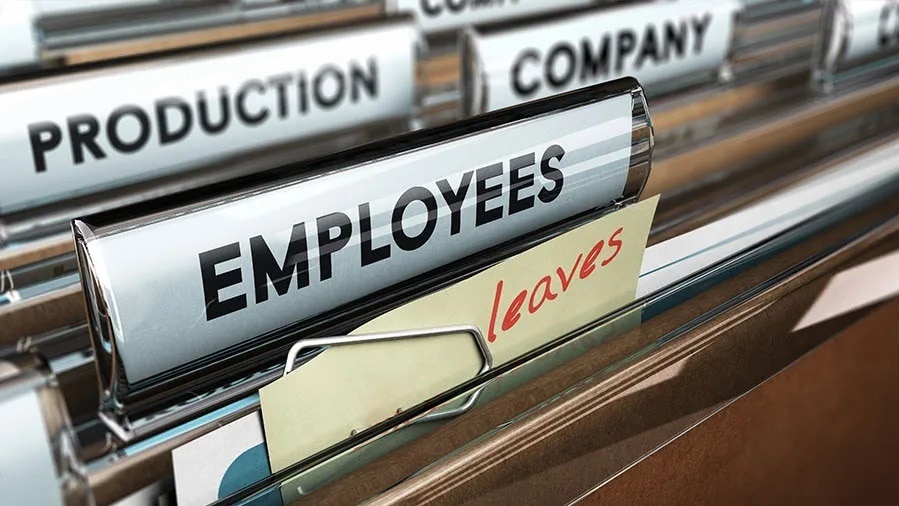Physical Address
304 North Cardinal St.
Dorchester Center, MA 02124
Physical Address
304 North Cardinal St.
Dorchester Center, MA 02124

When Indian companies think of debt, they often look outward — at banks, creditors, or market liabilities. But Shubhranshu Kumar, Co-founder and CEO at Keeper, has flagged a hidden Rs 80,000 crore time bomb lurking inside balance sheets: money owed to employees for unused paid leave.
In a LinkedIn post, Kumar wrote, “A CFO I spoke to recently said this quietly: ‘Leave liability is the only line item in our books that grows even when no one talks about it.’ He wasn’t wrong. In India, companies today owe ₹80,000 crore to their employees in the form of accrued, unused paid leave. Most of this sits idle. Unaccounted for in cash flow. Unplanned in forecasts. Yet fully payable – at full CTC.”
Explaining the reasons behind this swelling liability, he wrote, “Let’s look at what’s causing this: The average employee uses only 67% of their allocated PTO. Most policies allow 30-45 days of carry-forward leave. Wages have grown 6.5% year-over-year. Few companies track liability in real time. Result? An ever-expanding, silent financial obligation that surfaces only during audits, exits, or when someone from finance finally decides to dig.”
“And here’s what’s changing now: Gujarat is the first state to notify the new labour code. This makes it mandatory to cash out earned leave beyond 30 days annually. No lapsing. No deferring. What was once passive risk is now a recurring liability,” he warned.
“CFOs — if your leave liability graph looks anything but flat, it’s time to stop calling it a benefit line. Start calling it what it is: Debt. With a due date,” he advised.
Citing a real-life example, Kumar added, “Last quarter, I was on a call with a CFO from a listed company. He thought their leave liability was under control. We opened the HRMS together. ₹8.2 crore. All sitting as unused earned leave. Unpaid, but fully owed. And growing each year. Then I asked a simple question. ‘What happens when this hits ₹10 crore? Or when the labour laws enforce encashment?’ Silence. This is what we call the invisible debt trap.”
Warning companies to act before compliance forces their hand, Kumar concluded, “Leave is no longer just a people issue. It’s a financial exposure. And it’s time to get proactive about it. CFOs — if your leave ledger is crossing ₹5 crore, you’re not alone. Let’s fix this before compliance makes it urgent.”
Kumar’s post quickly went viral, drawing mixed reactions and sparking debate.
“You’re essentially proposing a complete transformation of India’s work culture. The issue with leave policies doesn’t originate at the top level, but rather at the grassroots. While policies may formally allow for leave, in reality, employees often find their requests denied by their managers. I doubt any company is bold enough to offer leave encashment once an employee’s leave balance exceeds a certain threshold,” wrote one user.
Another commented, “Why can’t reserves be created every month for the number of leaves apportioned per month and it will go in P&L as employee expenses. Whenever they take a leave add that back.”